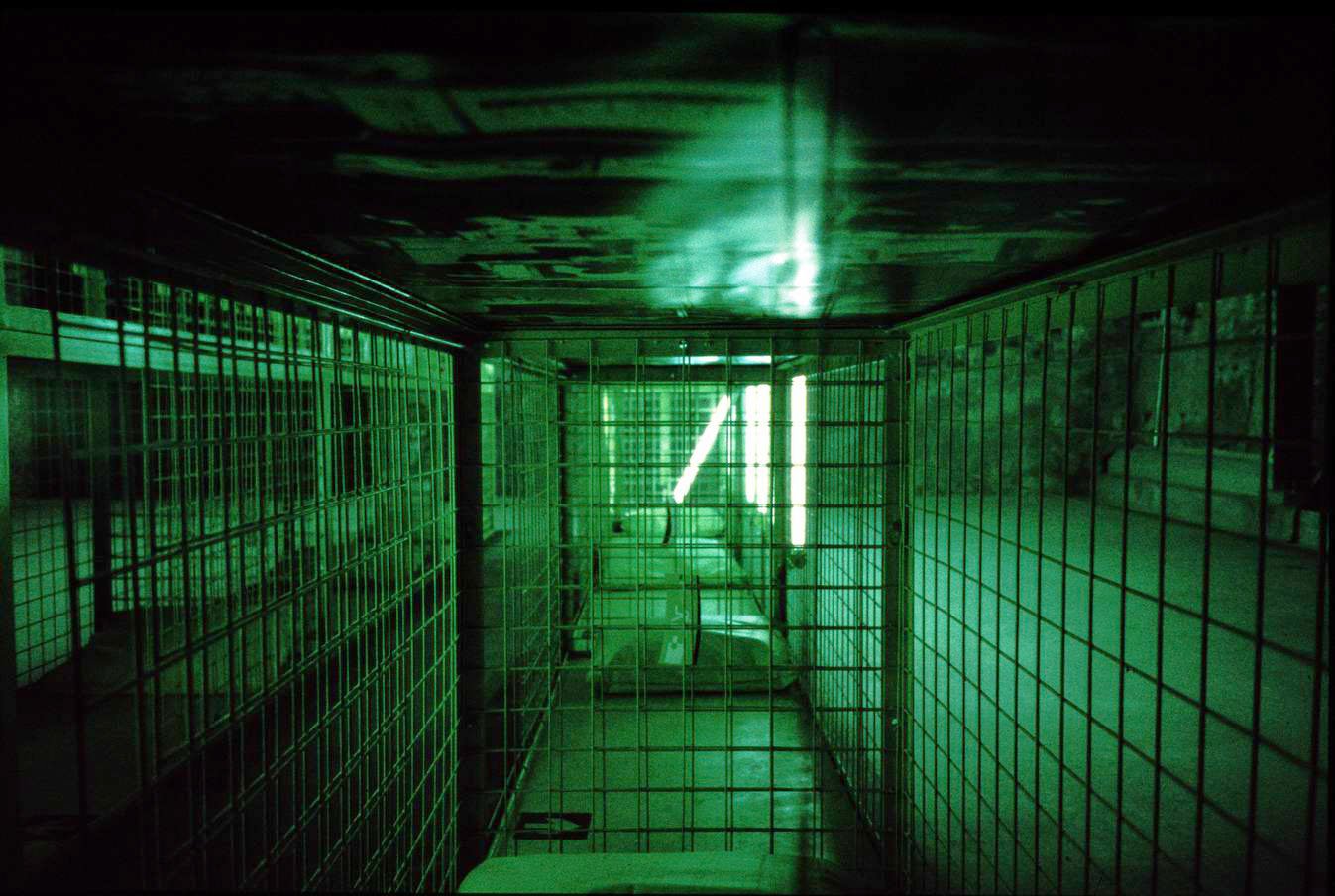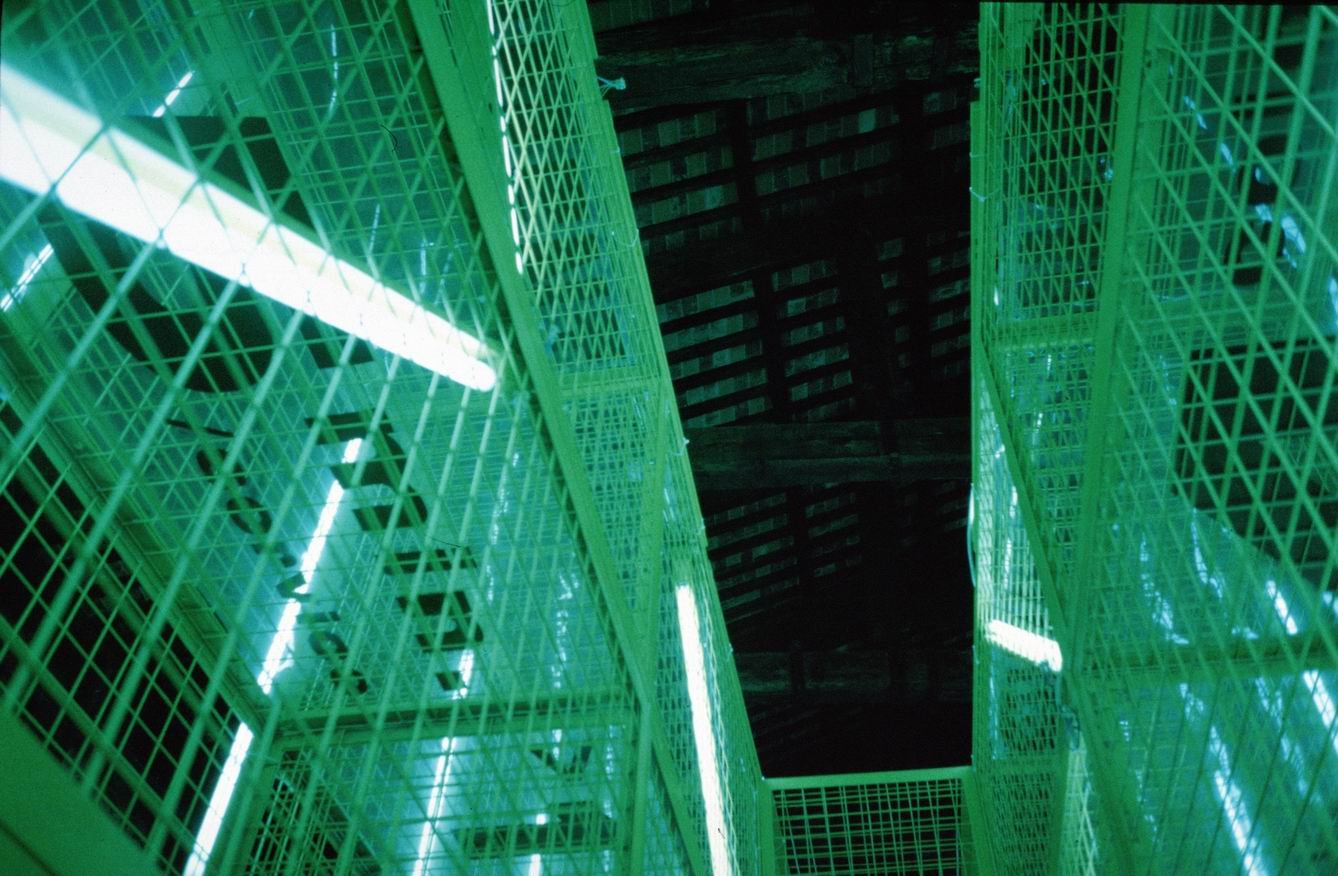Architecture is a set of conditions under which space and the individual are connected.
In a larger context, city is structured by a similar set of conditions.
Both sets of conditions do not necessarily confine the way of life. ‘Condition” is both a process and a product. There are conditions that liberate life, that change its shape, and always lead it to an unpredictable form. There are more conditions generated from the unpredictable form of life. The set of conditions is ever-changing.
Architecture is interactive. Architecture, in its essence, is never stable.
In the architectural circles, Hong Kong has always been known as a hyper-dense city. To depict the conditions that make a city, reading it merely in terms of the building density will lose its significance. In a way density only portrays the city in one aspect, one which describes only the “material” side. If we could find a better word to replace density, INTENSITY would be the choice.
INTENSITY describes a state of things, literally a kind of “immaterial density” that pervades the city as a general culture. It is vigorous, but does not necessarily embody a physical form. On the one hand, the extreme form of urban intensity is represented by the massiveness and rapid occurrence of (and between) individual events. This particularly refers to the events that come in a gigantic scale and disappears without leaving any traces, like fireworks.
On the other hand, hyper-intensity comes into play as a generic local phenomenon, where a mixture of events, though possibly conflicting in nature, co-exist all the time. It is a form of collective intensity, where every ideal gets dominant under extremely short duration, forming an ever-changing whole in turn. To use another analogy, Hong Kong may well be described as a LIQUID CITY. In addition to the flowing nature of the city, as the term obviously implies, the operation of the city is more like a mixture of boiling liquids; something that would vaporize sooner or later, something that would not stay for long. It is always in a state of high energy. Yet at every moment, it cannot be grasped, and even cannot be fully understood through its material construction. Hong Kong is a city of volatile events.
Intensity, with its extensiveness and transient nature, push everything to surface. Everything is generated for maximum effect. Everything resists anchorage. The relics will either be erased or commodified.
Cage houses. A static form of invisible architecture, hidden from the rest of the world, beyond the general knowledge of architects.
A typical cage module has only a single bed size, wrapped by metal mesh, fabric or plywood partition. Located within old mid-rise residential blocks in the deteriorating districts of Hong Kong, some cage houses have been standing there for forty years. Being witness of the change and growth of the city, without changing a bit in its condition. What assumed to be a temporary form of minimal residential (if “residential” is still the word) in the post-war Hong Kong has turned out to be a permanent one for another 5 decades.
De-façade the building one finds the space of minimum area houses the marginal lives of four thousands: the elderly, the poor, the sick, new immigrants, ex-criminals…some are alone, some are families; some staying for a short moment while others spending half of their life in it.
If hyper-density is an appropriate description of the Hong Kong urbanity, beware that this phenomenon has swept through every part of the city. Not only for the famous high-rise landscape, but also for the internal congestion of apartments where the figure goes up to 60 persons living in a 1000 square feet cages flat. It is where different scales collide and co-exist. Such is a contradiction of the extremes.
This shanty structure has been one of the hidden monuments of Hong Kong. In one simple language (cage boxes), it portrays the sadness in its entirety and the city’s forgotten past.
Brothel lightscape. A static form of visible immateriality. Representation of desire takes no word. A faceless exposure. Silent yet violent. Seduction without a body.
In the nearby area from the cage area, the brothel district is defined by lights. Every brothel is lit up by a series of multi-colour fluorescent light signage. Without any description, in a purely abstract form. At night, this takes over the whole area, strategically.
This filthy structure has been one of the “morally-incorrect” monuments of Hong Kong. Again, in one simple language (fluorescent lights), it delineates the sickeningly erotic life of a 24-hour city.
The Installation. To make the marginal architecture in real scale without reducing to miniature models or two-dimensional media allows direct experience and interaction with the works. A collage of contexts is suggested. Totally 36 cages, each 1800L x 750W x 900H, constructed in metal angle and mesh with lights incorporated, are stacked up, with each module being a cage for inscription in which materials about the inserted context is contained. Participants are welcome to enter and explore the cage installation.
Under this strategy, we attempt to create 2 levels of interaction: that between the framework and the specific content of the cages; and that between the artists/architects and the participants.
Throughout history, architecture is about life. And this is by no means to be excluded in this exhibition. Adapted in an exhibition context, the installation is attempted to irritate the participants with another viewpoint on the hidden life of the Asian megapolis.
Hong Kong sets its vision in the future (speculation). The future is a “commodified” concept. The “future” is consumed before it arrives. Speculation occurs in cultural importation; speculation occurs in urban development; speculation occurs in all types of propaganda. Speculation yields its strongest power far before any realization. To make every speculated concept more accessible, it is reduced to a theme. The past (history) is just another thematic representation. And every speculated theme is consumed within the shortest period of time, then forgotten. Hong Kong is ever in an intensified condition of virtuality. This general local vision, among all the others, seems to be the strongest locality of the city.
Every “present” is fading, then vanishes without notice. What has existed will keep being erased. Perhaps we are making a monument for the city: a monument for the consumed future and the fading present.





















